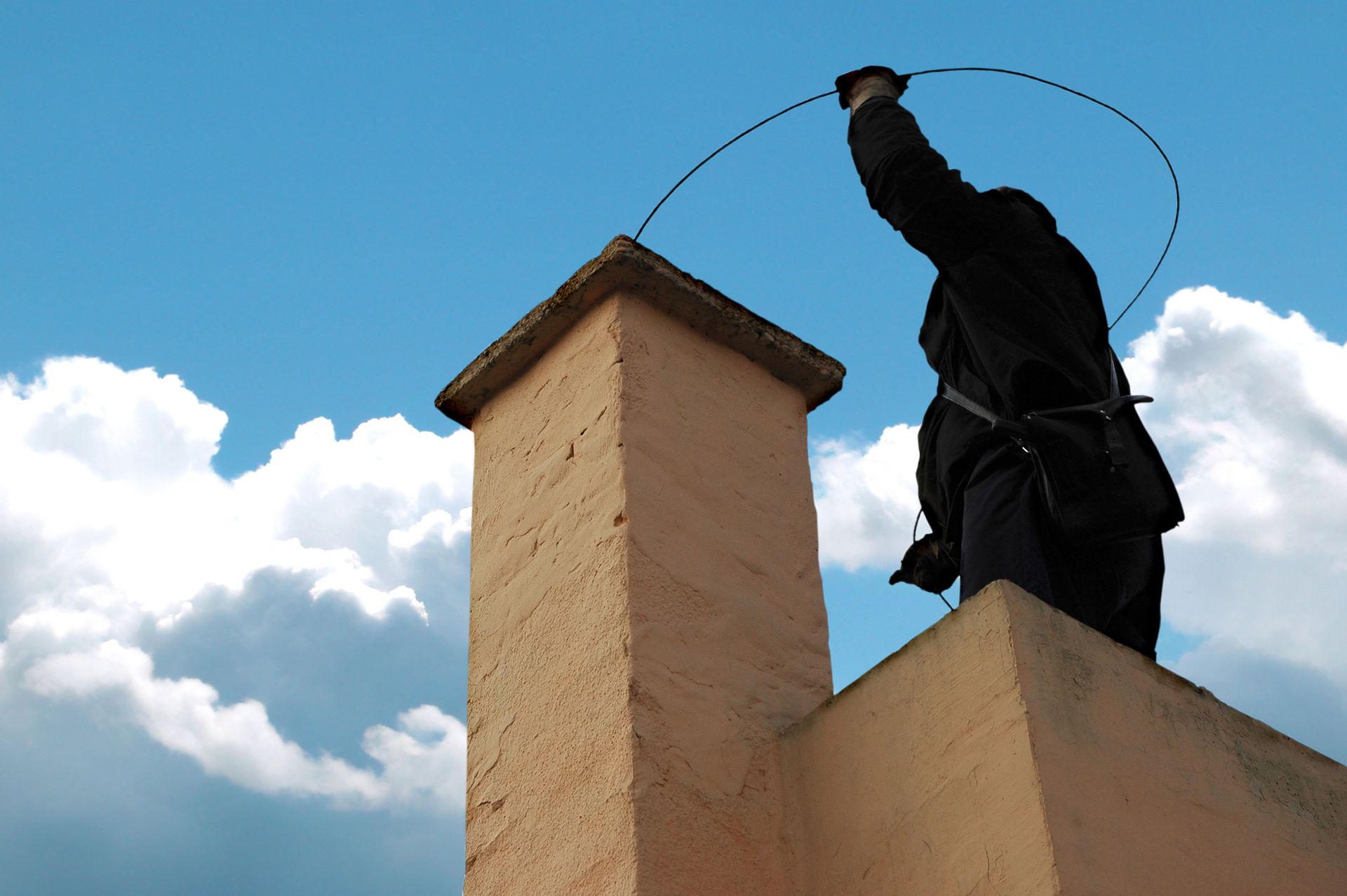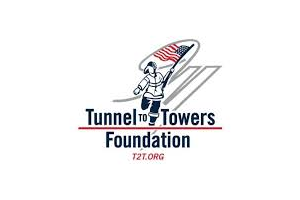August 22, 2025
Ensuring the safety and efficiency of your chimney is crucial for every homeowner. Neglecting chimneys can lead to serious hazards and costly repairs. Here are five signs that indicate you need professional chimney services immediately.
1. Visible Cracks in the Chimney Structure
1.1 Importance of Inspecting the Chimney Exterior
Your chimney may seem like an indestructible part of your home; however, it is vulnerable to various external factors. Regularly inspecting the exterior part of your chimney is critical. Be on the lookout for visible cracks that could indicate deeper structural issues. Early detection of these cracks can prevent escalation into significant problems. Regular inspections should thus be a staple for any responsible homeowner.
1.2 How Structural Damage Affects Chimney Functionality
Cracks in the chimney can significantly compromise its functionality. The cracks allow moisture to permeate the interior structure, leading to rapid deterioration. Not only does this threaten the chimney’s integrity, but it can also potentially affect your home's interior. Moisture intrusion from these cracks can lead to mold development and general dampness in the house. This makes daily inspections from chimney services even more critical for maintaining your chimney's health.
1.3 Risks Associated With Ignoring Cracks
When cracks emerge but are not promptly addressed, they can engender a host of dangerous outcomes. The structural integrity of the chimney becomes compromised, raising the risk of collapse. Cracks can also serve as gateways for dangerous gases, like carbon monoxide, to enter your living spaces. In severe cases, the improper venting may even exacerbate fire risks. According to Portland.gov, 25,000 chimney fires annually occur nationwide, causing substantial property damage, upwards of $125 million per year.
1.4 Temporary vs. Permanent Fixes
Upon finding cracks, it is crucial to understand the difference between temporary and permanent solutions. Temporary fixes may include sealants or caulking, but these are just interim measures. Permanent fixes typically require the expertise of professionals specialized in masonry repairs. They ensure restored structural integrity and the prevention of future issues. Therefore, investing in professional services is often the wiser, and ultimately more cost-effective, choice.
1.5 Seeking Professional Assessment
An assessment by qualified chimney services provides a thorough investigation of all potential weak points. Professionals have the tools and knowledge to uncover issues that may not be visible to the untrained eye. Setting up a schedule for periodic assessments could prevent future headaches. Moreover, expert assessments are key in evaluating not only current damage but also assessing potential risk areas. Investing in a professional assessment is not just maintenance; it is a proactive approach to safeguarding your home.
2. Efflorescence or White Staining
2.1 Causes of Efflorescence on Chimneys
Efflorescence manifests as a white, chalky residue on the surface of your chimney. This occurs when water materials in building materials migrate to the surface, leaving salts behind. Common triggers include high humidity conditions or leaks that permit moisture to seep into your chimney. The ensuing salt deposits often indicate there's moisture somewhere in the chimney structure. Recognizing efflorescence signals the need to identify and rectify moisture sources.
2.2 Potential Problems Linked to White Stains
While efflorescence may seem harmless, its presence often signals more critical underlying issues. Moisture causing the white staining could jeopardize the structural quality of your masonry. Left unchecked, it may soften bricks and mortar, facilitating structural deterioration. Over time, moisture intrusion and the presence of efflorescence can lead to more serious problems. Immediate attention to these white stains can prevent extensive future repairs from chimney services.
2.3 Moisture Issues and Their Impact
Moisture is the common thread in both efflorescence and several chimney issues. Persistent moisture not only affects the structural integrity but also promotes rusting, particularly in metal components of your fireplace. The moisture-laden environment inside the chimney is also conducive to mold growth, impacting air quality in your home. When water turns to steam during heating, it can exacerbate existing cracks. Addressing these moisture issues promptly can obviate such complications before they intensify.
2.4 Effective Cleaning and Prevention Methods
Identifying effective measures to clean and prevent efflorescence is paramount. Using gently abrasive tools and special chemical treatments can aid in removing existing deposits. However, prevention is always better than a cure; ensuring your chimney cap is intact and that flashing is secure can mitigate most moisture issues. Waterproofing treatments can also serve as a preventive measure. These efforts contribute to maintaining your chimney’s integrity.
2.5 When to Call a Chimney Specialist
While minor efflorescence may be treated at home, significant or recurring issues demand professional intervention. Specialists possess specialized tools for diagnosing persistent moisture issues and providing effective solutions. A timely call to a chimney specialist can save considerable cost and prevent potential hazards. They can also offer advice and strategies tailored to your chimney's specific structure and conditions. Seeking professional help sooner can minimize extensive inconvenience later.
3. Deteriorating Mortar Joints
3.1 Signs of Mortar Joint Deterioration
Mortar joints deteriorate over time due to exposure to the elements, leading to potential structural weaknesses. Hire chimney services to inspect your chimney regularly for signs such as visible gaps, cracks in the mortar, or crumbling between the bricks. Such symptoms indicate that the structural integrity of your chimney is at risk. Gentle probing with a screwdriver can reveal hidden weaknesses. Recognizing these early symptoms is the first line of defense against costly repairs.
3.2 Consequences of Weak Mortar Joints
Unchecked deterioration of mortar joints can trigger severe structural problems. Weakened mortar compromises the binding of bricks or stones making up the chimney's structure, risking collapse or fire. Moisture can easily penetrate through gaps in the mortar, exacerbating weathering. Such exposure quickens the deterioration of both mortar and bricks, prompting more frequent repairs. Catching deterioration early prevents further complications and prolongs the lifespan of your chimney.
3.3 Repair Techniques for Mortar Joints
Repointing is the most common method for addressing deteriorated mortar joints. This process involves removing old, weakened mortar and applying fresh mortar, effectively reinforcing the structure. Another technique is tuckpointing, which mimics the look of natural mortar joints, useful for aesthetic restoration. Professionals may employ both techniques depending on the condition and age of the mortar. These repairs ensure your chimney maintains both its structural integrity and visual appeal.
3.4 Importance of Timely Repairs
Tackling mortar deterioration promptly is imperative to maintaining chimney safety and efficiency. Timely repairs prevent minor cracks from expanding into major structural vulnerabilities. They also mitigate the risk of water penetration and subsequent efflorescence. Consistent maintenance not only preserves your home's value but also enhances chimney performance. Utilizing professionals for timely repairs can prevent future crises, ensuring peace of mind.
3.5 Professional vs. DIY Mortar Repair
While minimal DIY repairs can be viable, larger projects usually necessitate professional expertise. Professional chimney services bring experience, specialized tools, and advanced techniques, helping ensure durable results. Incorrectly applied solutions can worsen masonry issues, making professional involvement a prudent choice. Although DIY options might seem cost-effective, the guaranteed quality of professional repairs often proves more valuable. Assessing the scope of deterioration helps determine the best approach.
Regular maintenance and early detection of chimney issues can prevent long-term damage and ensure safety. If you notice any of the above signs, it is imperative to seek professional chimney services promptly. Protect your investment and ensure your household's safety by addressing chimney concerns without delay. Contact Irish Sweeps Chimney Ltd today to get started with our services.







